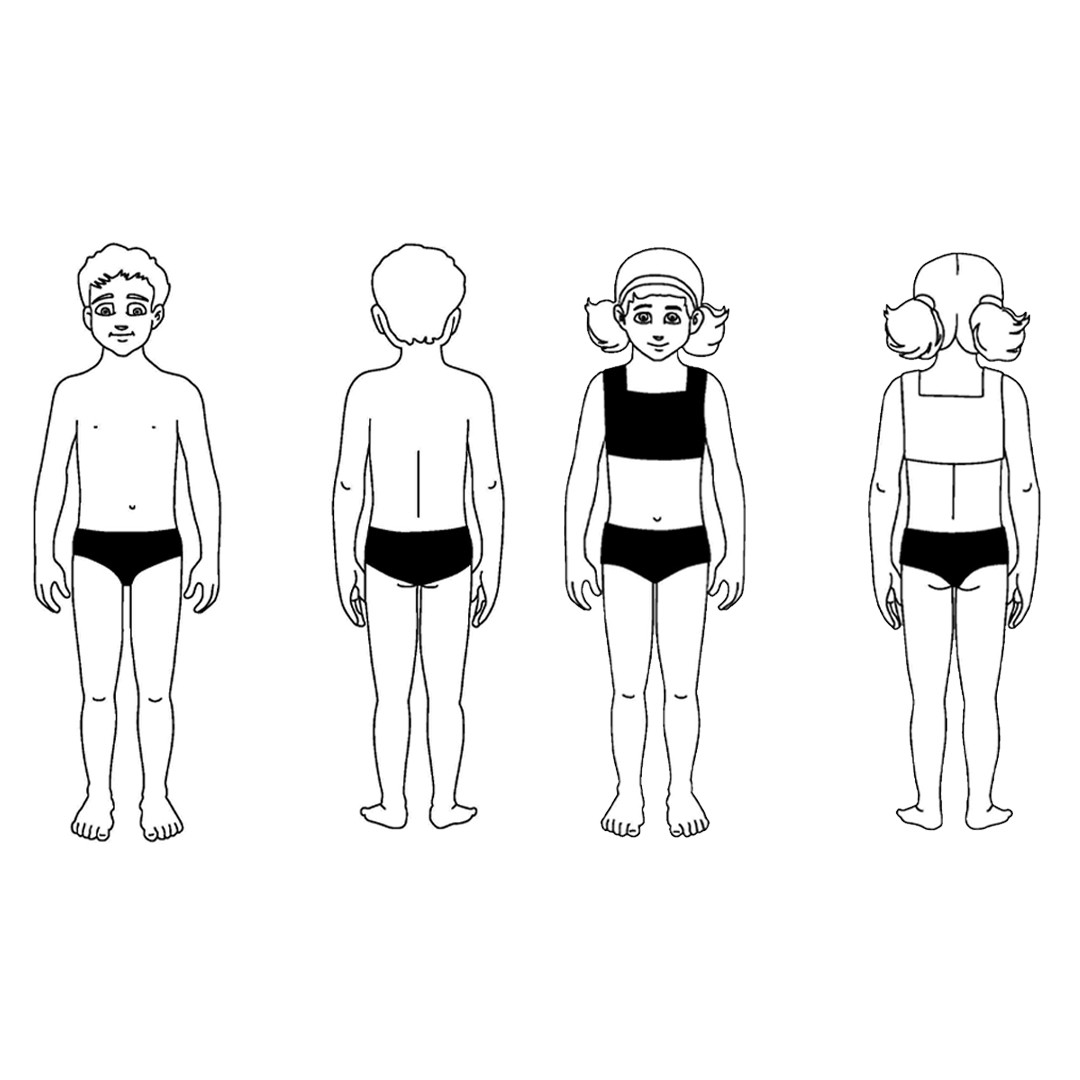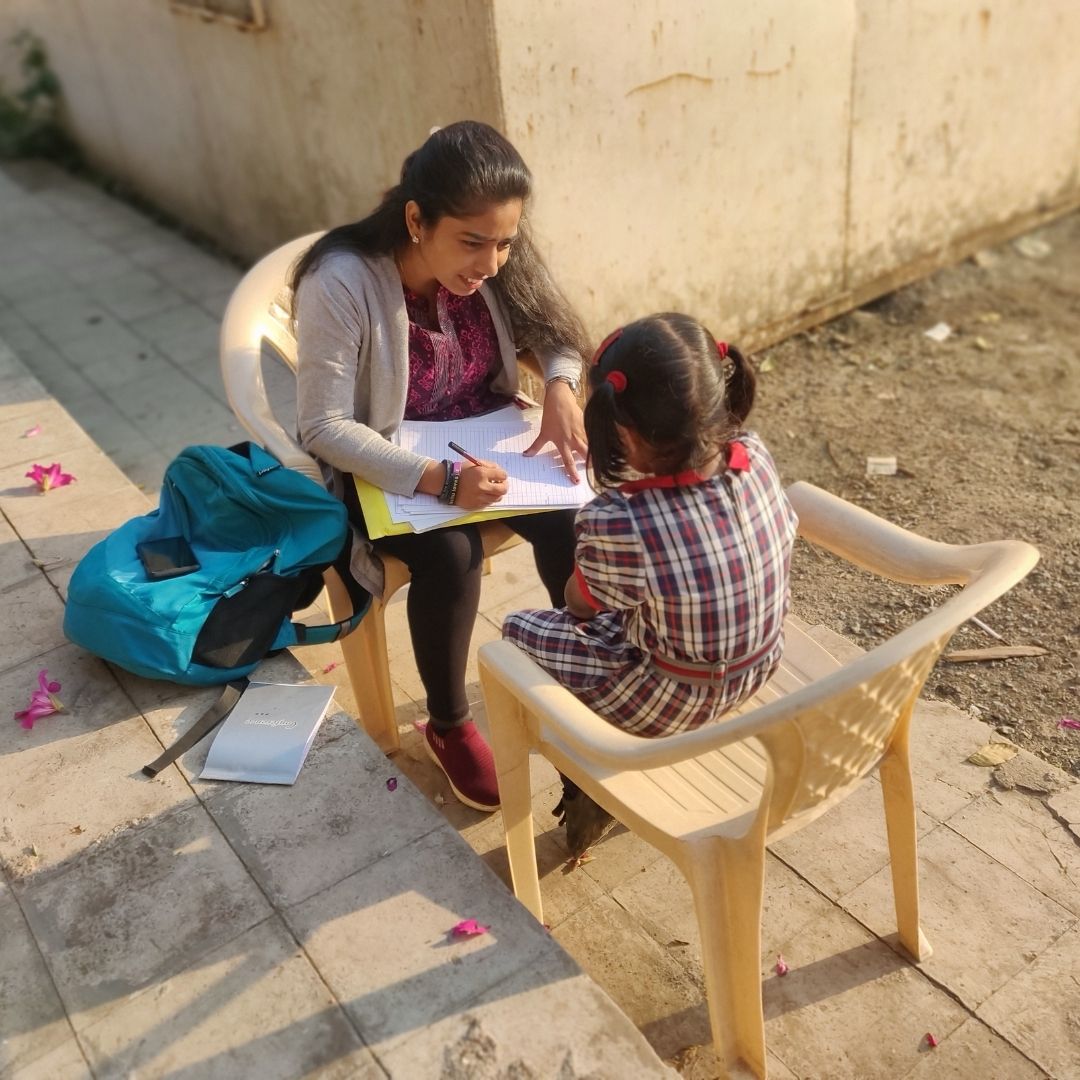WHO (1999) defines Child sexual abuse (CSA) as the involvement of a child in sexual activity that they do not fully comprehend, is unable to give informed consent to, or that violates the laws or social taboos of society. To simply articulate, CSA is any act, using a child for the sexual gratification of the more powerful person where the later derives power by the differential of age, cognitive difference, socioeconomic differential, religion, and caste. Child Sexual Abuse is mostly committed by someone who is in a position of power and/or authority and a position of trust. Child Sexual Abuse is a violation of the child’s body as well as of the child’s trust and is against the law.
It includes both contact and non-contact sexual behaviours. Child Sexual Abuse encompasses sexual assault, sexual harassment and use of a child for pornographic purposes (POCSO Act 2012). Contact and non-contact sexual abuse encompass the following behaviours and acts:
As technology advances, new forms of child sexual abuse is happening online which commonly includes grooming, live streaming, consuming child sexual abuse material, and coercing and blackmailing children for sexual purposes (Interpol 2018).
Contact Sexual Abuse
- Penetration of anus, vagina, oral sex.
- Fondling child’s private body parts.
- Making the child fondle the abuser’s private parts.
- Forcible kissing.
- Sexual touching of any part of the body.
Non-Contact Sexual Abuse
- Making the child exhibit private body parts.
- Exhibiting private body parts to the child.
- Photographing a child in the nude.
- Making the child view sexual content.
- Online abuse including making, viewing or distributing child abuse images.
- Encouraging a child to watch sexual acts.
- Using sexually explicit talk and sexually abusive language with the child.
Child Pornography or involving a child for pornographic purposes involves the sexual representation of child/children through any medium like print, electronic, computer or any other technology including preparation, production, offering, transmitting, publishing, facilitation and distribution. It also includes storing/possessing of any such material.
CSA in the Global Context
Child Sexual Abuse is a social problem with considerable magnitude.
WHO estimates that approximately 20 per cent of girls and 5 to 10 per cent of boys are victims of sexual abuse (cited in Finkelhor 2012). Systematic reviews from across the world including different age-cohort samples have observed rates of CSA, with averages of 18±20% for females and 8±10% for males. A recent systematic review in 2018 of 55 studies from 24 countries concluded that rates of CSA ranged from 8 to 31% for females and from 3 to 17% for males (Choudhry et al 2018). About 1 in 10 children is estimated to be sexually abused in the USA (Townsend and Haviland 2016) and about in 1 in 20 children in the UK have been sexually abused (NSPCC 2019).
CSA in the Indian Context
In the Indian context, a large-scale national study conducted in 2007 by Ministry of Women and Child Development (MoWCD), to assess the extent and nature of child abuse in India, uncovered some alarming statistics. More than half (53%) reported experience of sexual abuse among 12,447 children interviewed. This study reported 52% are boys and 47% are girls.
According to National Crime Record Bureau 2022 data,
- Total crime against children – 1,62,449, showing an increase of approximately 9% over 2021 (1,49,404 cases).
- Sexual crimes against children under all Acts (IPC and SLL)- 68266 (42% of all crimes against children)
- 10% increase in cases of sexual crimes against children from 2021
- Child Rape cases – 39594
- Rape accounts for 58% of total cases of sexual crimes against children
- The maximum number of sexual crime cases were reported in Uttar Pradesh 9664 (14%) followed by Maharashtra 7641 (11%) and Madhya Pradesh 6162 (09%).
- Cases registered under POCSO Act- 63414
- 98% of POCSO victims are girls
- 86% cases registered under cyber crime cases against children were of Publishing or Transmitting of material depicting children in sexually explicit act.
- Majority of the victims under POCSO, Act 2019 (51%) are 16-18 years old
- 97% of the offenders known to the victim
Socio-cultural Factors Reinforcing Child Sexual Abuse
Despite its high prevalence, violence against children is often hidden, unseen or under-reported. It is not widely acknowledged or understood. Child Sexual Abuse occupies a unique space where there are selective denial and acceptance. It is both recognized (happens with ‘others’) and denied (does not happen with my child by my family members) simultaneously. There is a silence around the issue of Child Sexual Abuse stems from the fear of shame, denial and social stigma and the foundational belief in the family being sacred and family honour being supreme. Along with this, the belief that children are the property of their parents and power differentials based on socio-economic condition, caste, class, religion, sexual preferences make children vulnerable to sexual abuse.
There is consensus in the research literature that most people who experience sexual abuse in childhood do not end up disclosing until adulthood, and when disclosure does occur in childhood, significant delays are common. This is also reinforced in case of incest as the family uses various techniques such as blaming and naturalizing to keep the family honour intact.
To add to this, the vocabulary to communicate around sexuality and sexual abuse is non-existent. There is negligent conversation at the institutional and community level. Legal, medical, justice systems are often ineffective or inadequate and there is an ineffective implementation of laws and policies which rather than supporting children and families who follow legal recourse retraumatize them.
Impact of Child Sexual Abuse
CSA is being recognized as one of the 24 risk factors that add fundamentally to the global burden of disease, and just one of the few preventable factors (Gretchen 2009). A systematic review concluded that CSA was systematically related to higher rates of subsequent physical health symptoms, including general health, gastrointestinal, pain and cardiopulmonary symptoms, and obesity (Vrolijk-Bosschaart, 2018).
Several studies across the globe have made a strong connection between Child Sexual Abuse (CSA) and the associated health burden. While the impact of the abuse can vary based on a variety of parameters, CSA has consistently been found to impact the life of the child at the physiological, psychological and social levels and impact sexual behavioural patterns in adulthood. Several models have been developed in an attempt to explain the adverse negative impact of CSA. One of the established conceptual frameworks on the impact of CSA is the Traumagenics Dynamics Model (Finkelhor and Browne 1985). This model highlights the four important trauma-causing factors that victims may experience, which are traumatic sexualization, betrayal, powerlessness, and stigmatization.
The physical impact of CSA can include pregnancy, tears to the vaginal or anal area, sexually transmitted diseases, repeated urinary infection and psychosomatic illness. The psychological impact can include unusual or unexplained fear of people or places, nightmares, eating and sleeping disturbances, anxiety, hyper-vigilance, clinging behaviour, indifference, frequent daydreaming, dissociation, lack of trust in self and others, regressive behaviours such as thumb sucking, soiling and bedwetting. It can also lead to depression, anxiety, and Post Traumatic Stress Disorder (PTSD). The most profound impact can include suicide. Social impact can include sudden withdrawal, overly pleasing behaviour, increased hostility, aggression and drastic change in academic performance. Sexual abuse in childhood can cause a drastic and visible change in sexual conduct and mannerisms.
It is difficult to separate the short-term impact from the long-term impact as the former may often be the commencement of a long-term problem. Some of the long term impacts can be:
- Low self-esteem
- Guilt and shame
- Depression
- Post-traumatic stress disorder (PTSD)
- Hyperarousal
- Dissociation
- Substance abuse
- Aversion to intimate relationships
- Aversion to sex or need for multiple sexual partners
- Ambiguous sense of boundaries and misplaced trust making them vulnerable to future abuse and re-victimization and delinquency including demonstrating sexually offending behaviours and re-enacting their own abuse.
However, when children who experience sexual abuse are believed and supported by their guardians/trusted adults/loved ones and have access to counselling and therapy they could recover very quickly. Indeed, some children and adult victims, especially those with a strong emotional support system before the abuse, might not show any impact of Child Sexual Abuse.
Laws In India
The Protection of Children from Sexual Offences (POCSO) Act was formulated in order to effectively address sexual abuse and sexual exploitation of children through legal provisions. POCSO received the President’s assent on 19 June 2012 and was notified in the Gazette of India the next day.
The objectives of the POCSO Act are:
- To protect children from the offences of
- Sexual assault;
- Sexual harassment
- Pornography
- To establish Special Courts for speedy trial of such offences.
The Salient features of the Act are that it:
- Defines the child as anyone below the age of 18
- Is gender neutral law, wherein the law takes cognizance of sexual crimes committed against both girls and boys under the age of 18 years.
- Addresses a wide range of sexual offences which include anything from complete and partial penetration, non-penetrative sexual assault, stalking of a child, showing children pornography, using the child for pornography and exhibitionism. The law protects children from both contact and non-contact sexual abuse.
- Places the burden of proof on the accused and ensures punishment for all perpetrators irrespective of age and gender
- Does not recognize consensual sexual acts among children or between a child and an adult.
- Prosecutes any person (including a child) for engaging in a sexual act with a child irrespective of whether the latter consented to it.
- Provides for more severe punishment, when the sexual offence is committed by a person in a position of trust or authority
- Introduces child friendly measures and defines the role of the Police as a child protector
- Pronounces the importance of Mandatory Reporting of sexual offences
Above all, the Act stipulates that a case of Child Sexual Abuse must be disposed of within one year from the date the offence is reported.
The Juvenile Justice (Care and Protection of Children) Bill, 2015 was passed by the Lok Sabha on 7 May 2015 and received Presidential assent on 31 December 2015. It replaced the Juvenile Justice (Care and Protection of Children) Act, 2000. It provides strengthened provisions for both children in need of care and protection and children in conflict with the law. Some of the key provisions include:
- Change in nomenclature from ‘juvenile’ to ‘child’ or ‘child in conflict with law’ across the Act to remove the negative connotation associated with the word ‘juvenile’.
- Clarity in powers, function and responsibilities of the Juvenile Justice Board (JJB) and the Child Welfare Committee (CWC).
- A separate new chapter has been added on Adoption to streamline the adoption of orphans, abandoned and surrendered children; and the existing Central Adoption Resource Authority (CARA) has been given the status of a statutory body.
- Inclusion of new offences committed against children and mandatory registration of Child Care Institutions.
- Under Section 15, special provisions have been made to tackle child offenders committing heinous offences in the age group of 16-18 years. The Juvenile Justice Board is given the option to transfer cases of heinous offences by such children to a Children’s Court (Court of Session) after conducting a preliminary assessment.
- Several new offences committed against children, which are not adequately covered under any other law, are included in the Act. These include sale and procurement of children for any purpose, including illegal adoption; corporal punishment in child care institutions; use of a child by militant groups; offences against disabled children; and kidnapping and abduction of children.


